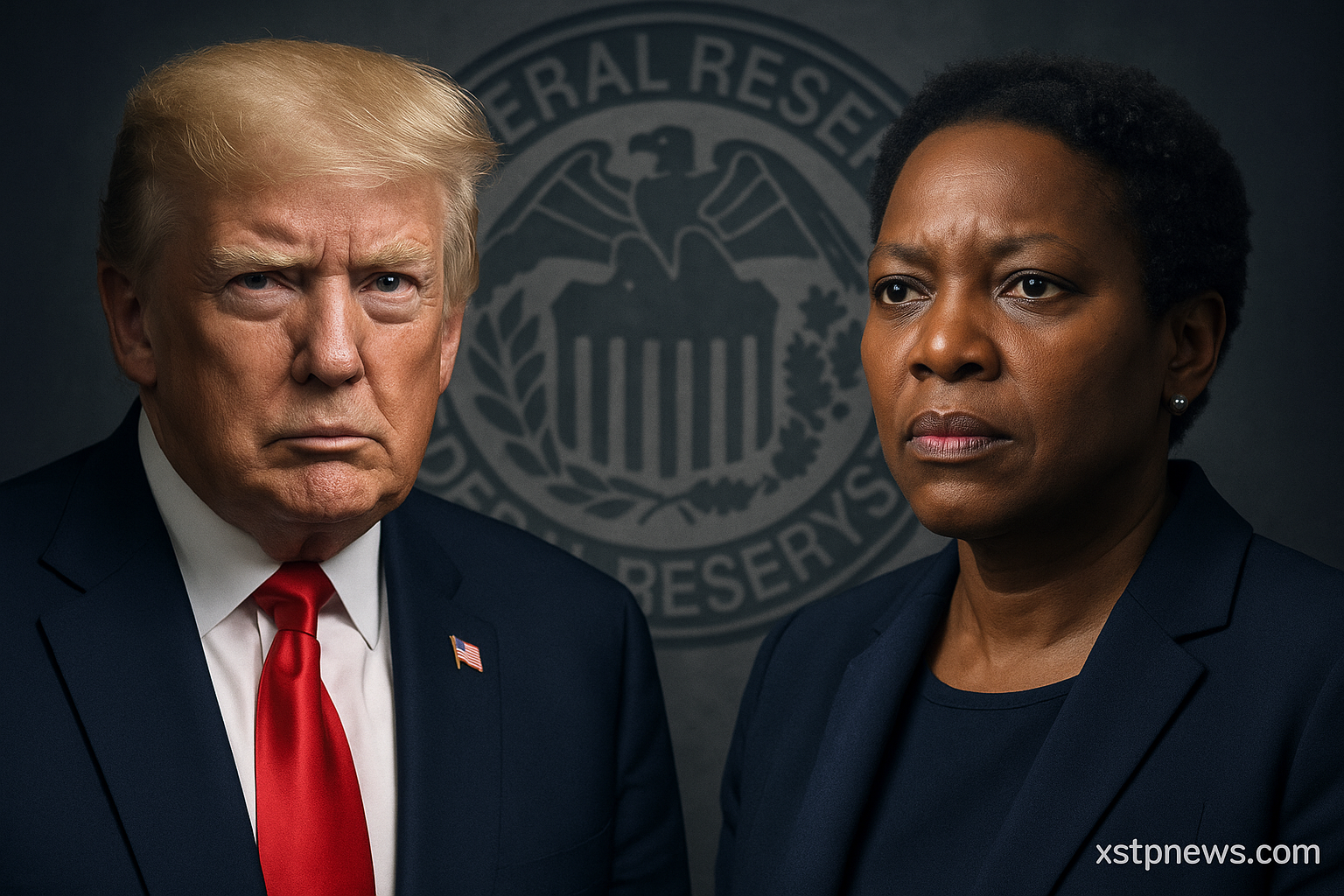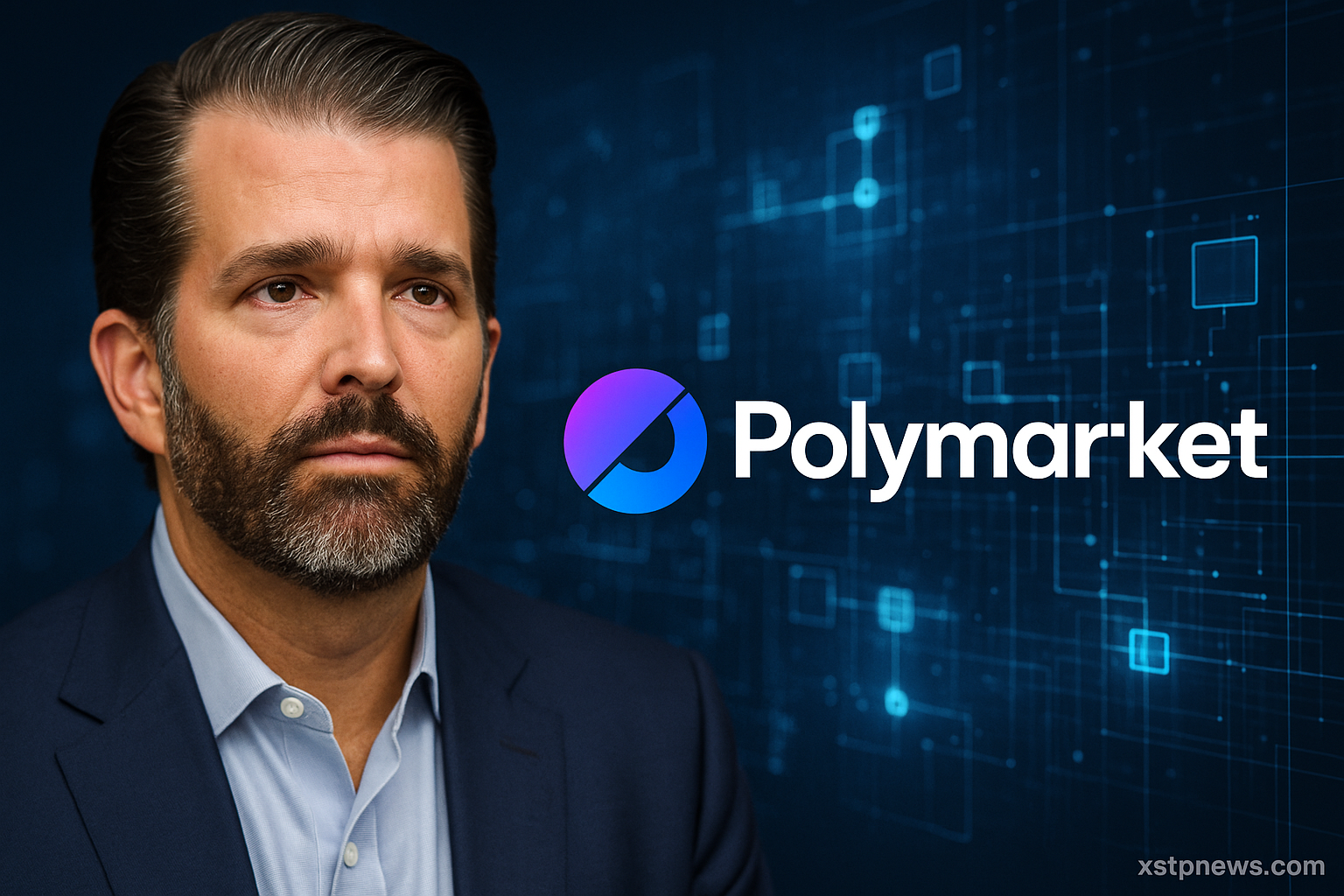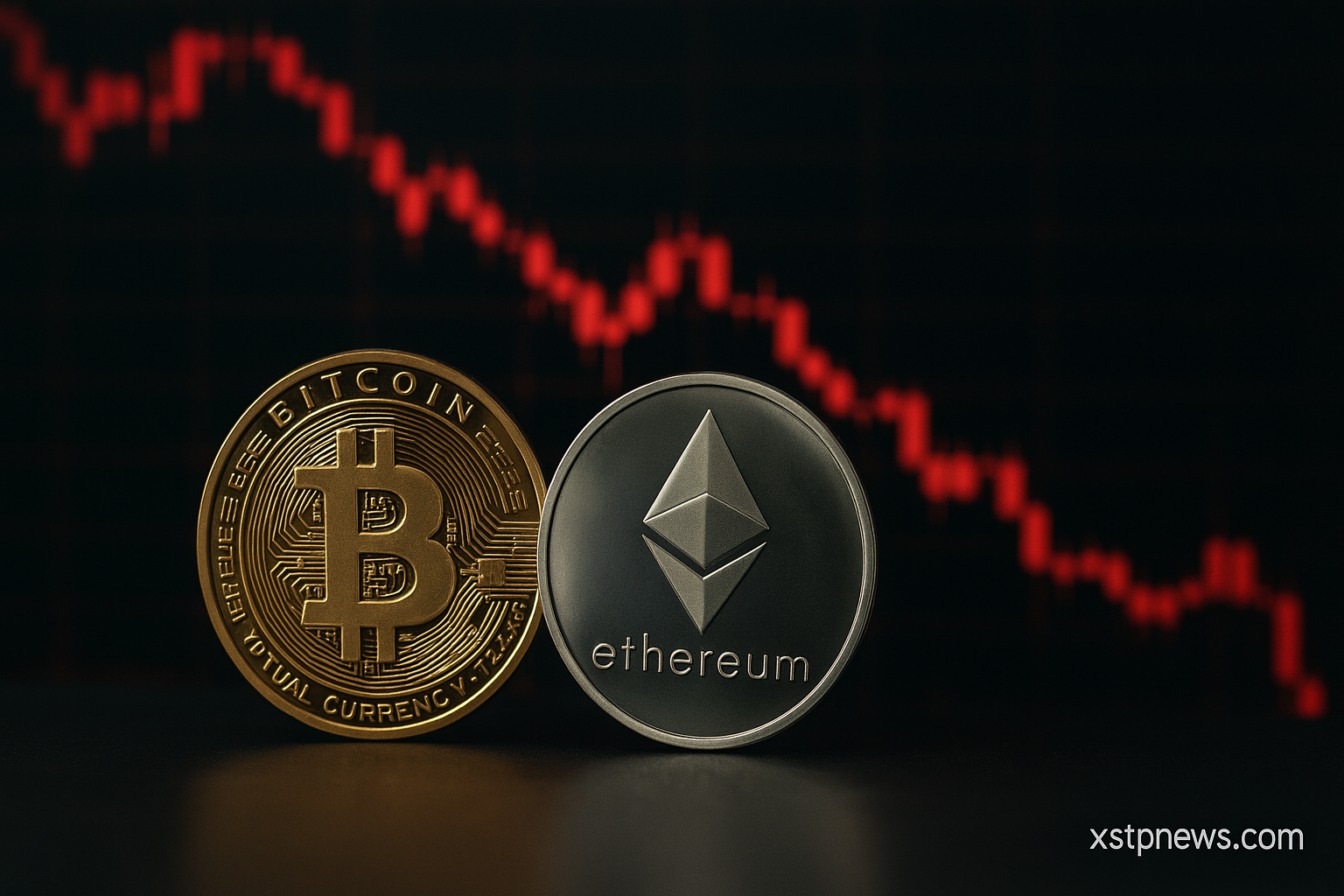The use of altcoins in corporate treasuries is gaining traction. Following MicroStrategy’s bold move with Bitcoin, companies like VivoPower and Classover Holdings are now diversifying their reserves with XRP and Solana. This signals a strategic evolution in how digital assets are being integrated into traditional finance.
VivoPower recently announced a partnership with BitGo to acquire up to $100 million in XRP. According to CEO Kevin Chin, the initiative is designed to create long-term value for shareholders through digital asset allocation. He believes XRP remains undervalued and offers strong upside potential.
Meanwhile, Classover Holdings, a Nasdaq-listed company, has signed a deal with Solana Growth Ventures to issue up to $500 million in convertible notes. The company plans to allocate up to 80% of net proceeds to build a Solana-based treasury, starting with an initial $11 million investment in SOL.
These bold moves are being tied to the rising “Saylor effect”. Named after Michael Saylor’s Bitcoin strategy, it reflects a growing trend where businesses use crypto not just for diversification but as a strategic financial pillar. Now, the same philosophy is being applied to altcoins.
However, not everyone is on board. Analysts have raised concerns over market volatility, potential manipulation, and comparisons to past speculative phases like the SPAC boom in 2020 and the meme stock surge in 2021. The key difference today is that crypto infrastructure is more mature and regulatory frameworks are more established.
The entrance of XRP and Solana into corporate treasuries marks a shift. It suggests we are entering a new wave of institutional crypto adoption. What seems daring today may soon become standard corporate strategy.
In the end, it will be clear which companies acted with foresight and which were simply chasing the hype.







